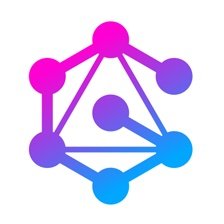There are many advantages to using GraphQL as a datasource for frontend development, compared to REST APIs. We developers in example need to write a lot of imperative code to retrieve data to display in our applications and handle state. With GraphQL you cannot only decrease the amount of code needed around data fetching and state-management you'll also get increased flexibility, better performance and most of all an improved developer experience. In this workshop you'll learn how GraphQL can improve your work as a frontend developer and how to handle GraphQL in your frontend React application.
Back then, Ivan didn’t know how to use performance devtools well. He would do a recording in Chrome DevTools or React Profiler, poke around it, try clicking random things, and then close it in frustration a few minutes later. Now, Ivan knows exactly where and what to look for. And in this workshop, Ivan will teach you that too.
Here’s how this is going to work. We’ll take a slow app → debug it (using tools like Chrome DevTools, React Profiler, and why-did-you-render) → pinpoint the bottleneck → and then repeat, several times more. We won’t talk about the solutions (in 90% of the cases, it’s just the ol’ regular useMemo() or memo()). But we’ll talk about everything that comes before – and learn how to analyze any React performance problem, step by step.
(Note: This workshop is best suited for engineers who are already familiar with how useMemo() and memo() work – but want to get better at using the performance tools around React. Also, we’ll be covering interaction performance, not load speed, so you won’t hear a word about Lighthouse 🤐)












Comments